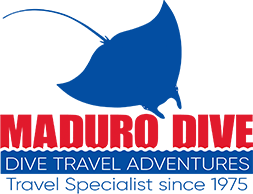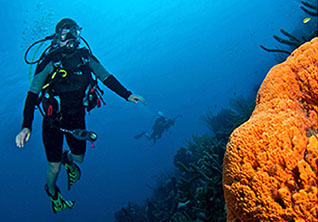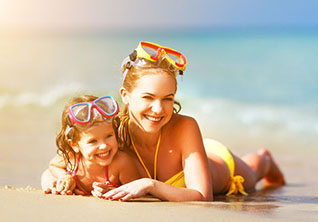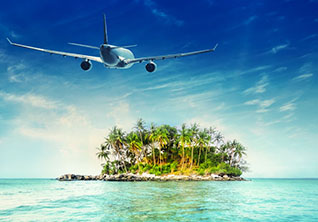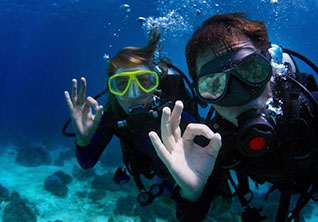Sea Turtle’s; The Godfathers of All Dive Magazines?
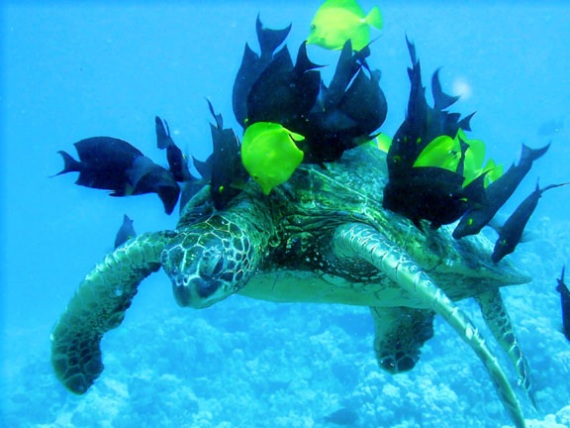
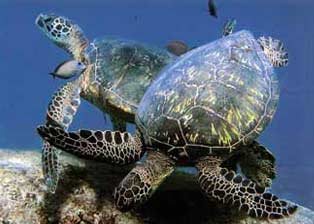
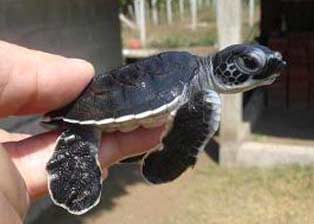
Ever see a dive magazine without a single image of a sea turtle lurking somewhere between the pages? Not going to happen. They are there; just check again. At least one of the current 7 species of sea turtles will show up more often than any of the 400 plus species of sharks. They will show up three times more often than a seahorse, and at least 10 times more often than a model posing next to a brightly colored sponge; we do hope they increase the number of poses with models as we do love images of tube sponges.
So what makes these reptilian fin flippers so popular with humans?
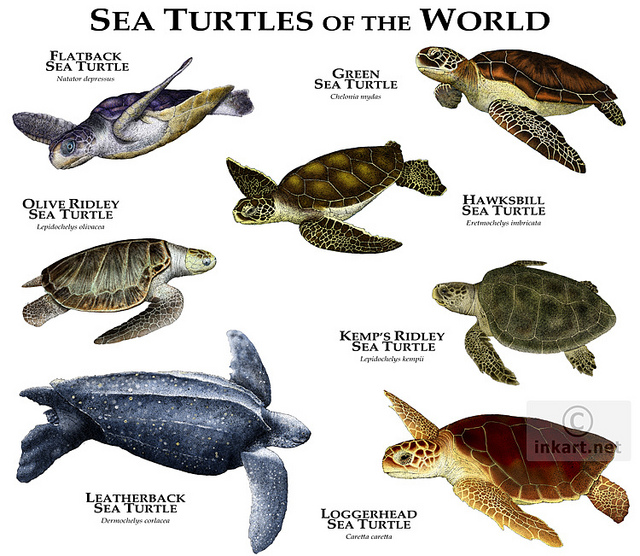
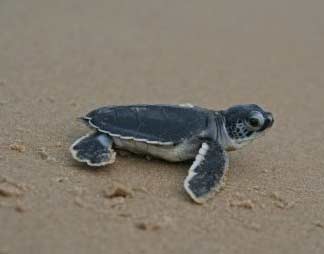
First of all they are undeniably cute, especially the babies who pop up out of the sand and instinctively head for lighted areas that mimic bioluminescent plankton and/or the color of foam covered waves reflecting moonlight. We feel tugged at a primeval level for their success to make it to the waters edge before being picked off by crabs, birds, poachers, or stuck in tire tread tracks left by unknowing beach goers. This has led to turtle eco groups and enthusiasts posting aware signs around turtle nests, keeping vehicles off the beaches, and using red or amber LED lighting that is invisible to turtles used on nearby houses or when watching the new born hatchlings emerge from the sand.
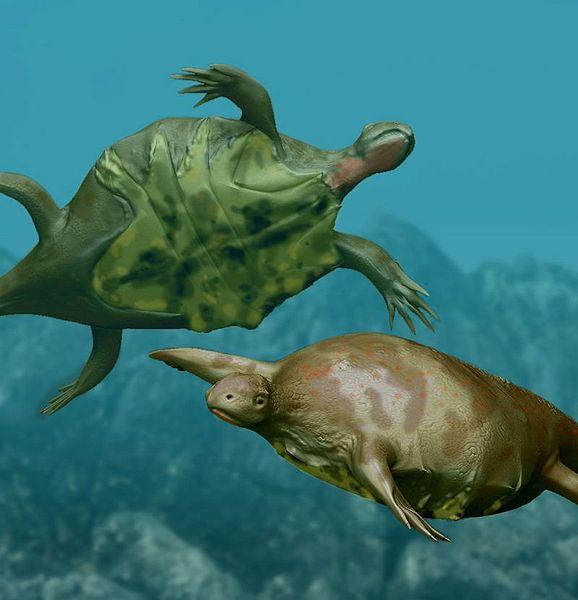
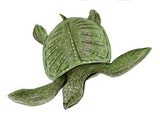
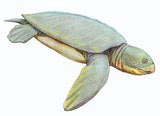
Secondly, it’s about admiration and respect. The oldest ancestor of sea turtles found to date is the Eunotosaurus from the Permian age 260-255 million years his stretched sorta flat elongated ribs creature was little more than a 1ft long lizard. Sea turtles radiated out from other turtles about 110 million years ago. Currently, when most people think of the first true sea turtles they think of the 10ft long 2 ton shelled Protostega that swam near the shorelines in the seas of North America 70-65 million years ago. There are now six species left of the Family Cheloniidae: which include: the green sea turtle, hawksbill, flatback, loggerhead, kemp’s ridley, olive ridley. Some scientists believe that the pacific black sea turtle is the 8th species: notes its small head compared to the Atlantic green sea turtle and its weird behavior of hanging out on Hawaiian beaches to catch some rays and driving eco tourists wild with viewing delight year round.
Even bigger was the Archelon, a 12’ long leather shelled sea turtle that lived 75-65 million years ago in a vast ocean that would later dry and cartilaginous shell outlines and hexagonal imbedded bones would be found in the remnant substrates that we now call South Dakota and Wyoming. The leatherback turtle is the only remaining member of the Dermachelyidae family branch. For us, the surviving 8ft long leatherback sounds huge, and the fact that their cousins came ashore, laid eggs, and went back to sea while dinosaurs such as Tyrannosaurus Rex kicked sand on the beach is absolutely mind blowing. Giant leatherbacks with 7 prominent keels on their back are in a class of their own for also deep diving to 4,265ft, and their immunity to the venom of the “fatal to humans” box jellyfish. Leatherbacks and their past relatives have kept jellyfish populations under control for millions and millions of years.
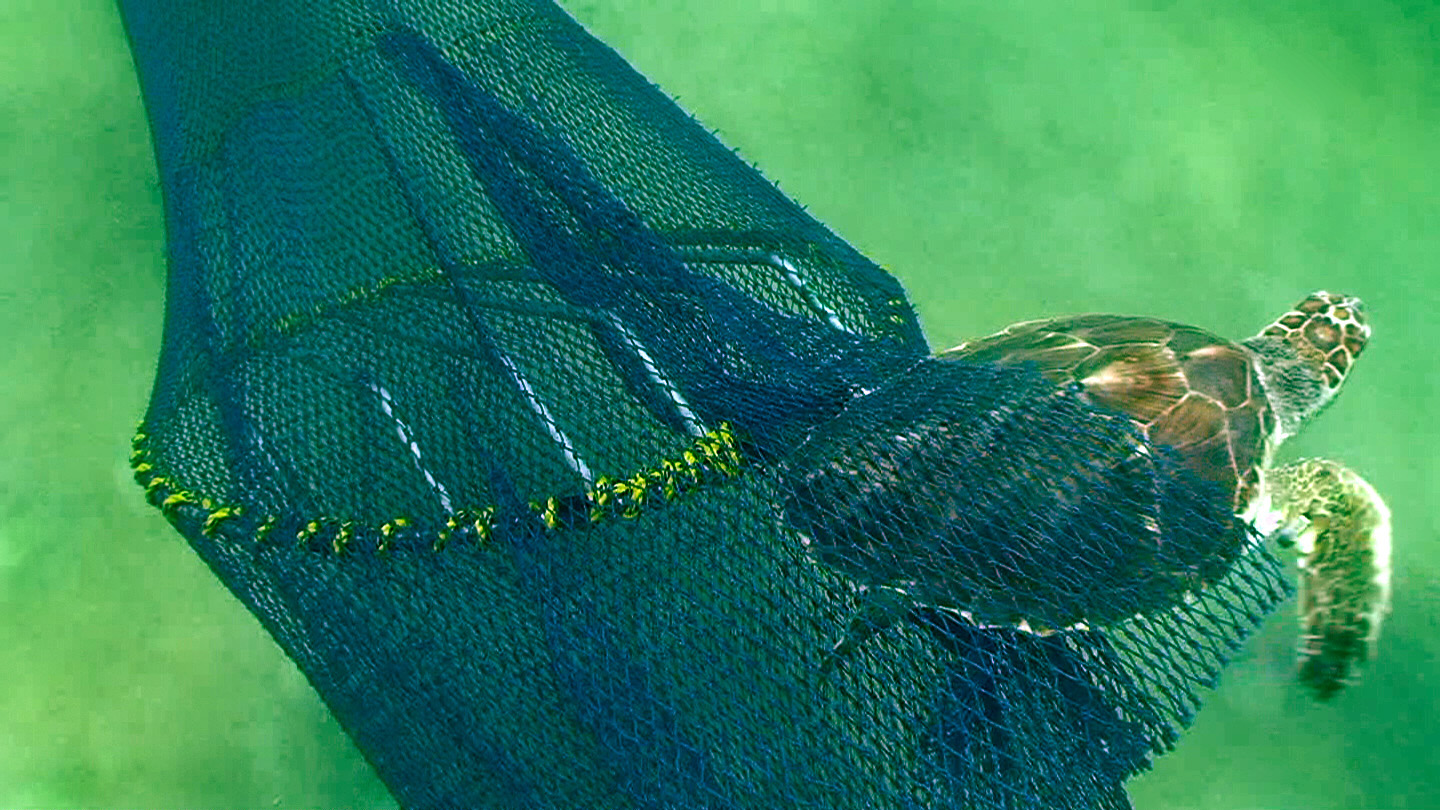
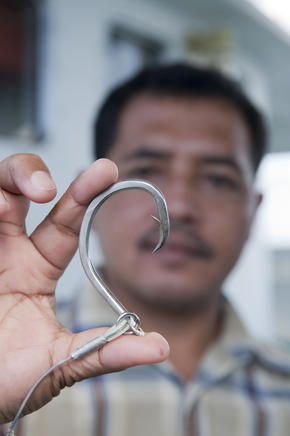
Our recent awareness of how plastic objects and plastic grocery bags in particular can lodge in sea turtle stomach and intestines and essentially create starvation issues has led to bans on plastic bags in some locations. It was brought to light that thousands of turtles each year were accidentally caught and killed as “bycatch” by shrimp trawls and long-line fishing practices. The U.S. law and some other countries now require the use of Turtle Excluder Devices (TEDS) on nets and the use of turtle friendly “C” hooks instead of the traditional deadly “J” hooks on fishing lines. As more countries sign on to these practices, thousands of more turtles will survive this “bycatch” issue.
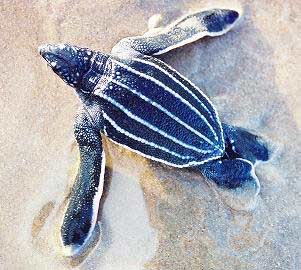
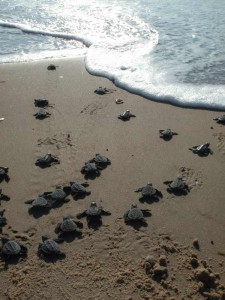
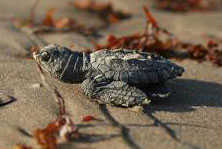
Our fondness for viewing sea turtles has led to conservation efforts such as turtle park sanctuaries and marine preserves around the world. The fact that humans want to help sea turtles injured by boat propellers, tangled in nets, save hypothermic turtles washed on shore, or help disoriented and dehydrated juveniles has led to impromptu clinics springing up around the world. Individuals such as Orton King of Bequia, St. Vincent and the Grenadines has set up The Old Hegg Turtle Sanctuary where they protect Hawksbill turtle nesting mothers and eggs from poachers and then release the hatched juveniles once they reach 3 years in age. Hawksbills eat mostly sponges, but their shells are made into ‘BEKKO” jewelry such as earrings, bracelets, combs, small boxes, and tabletops. St. Lucia has nesting tours, hatchling tours, and swim with Sea turtles experiences. Tortuguero National Park in Costa Rica and Xcaret Eco-Park on Mexico’s Riviera Maya, and Mazatlan’s olive ridley site called The Estrella Del Mar Turtle Sanctuary are three major sites to see local nesting turtles and take part in eco tourism.
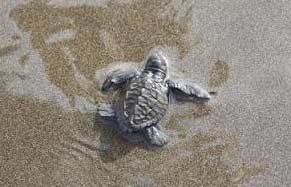
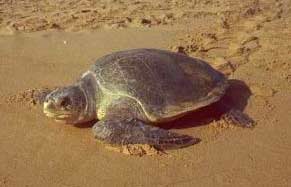
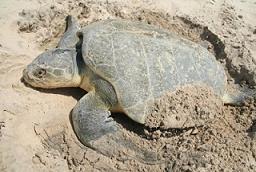
These operations have not only saved turtles, but they have shown locals how much more money can be made by tourists visiting these sites than by poaching and by selling turtle based products. Finding poacher used vans filled with 10,000 turtle eggs are not as frequent as years ago, but poaching still exists around the world as evidenced by occasional humans discovered with severe illness or death by chelanotoxin: a toxin absorbed in humans after eating turtle flesh or eggs.
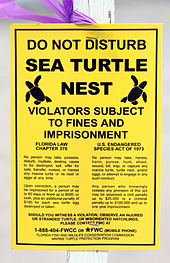
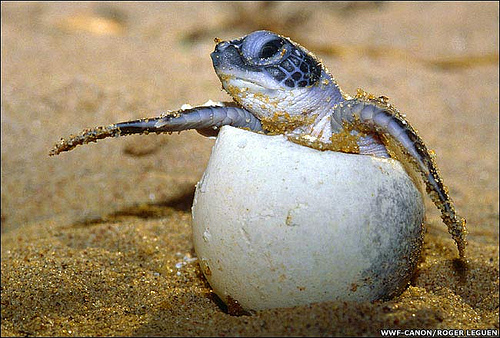
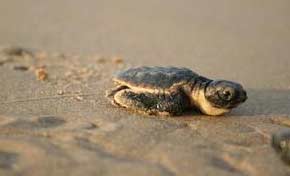
States such as Hawaii, North Carolina, South Carolina, Florida, and gulf communities have started helping turtles as part of aquarium and university programs. South Padre Island at Sea Turtle Inc. has a visitor center and Sea Turtle hospital that may house all 7 or 8 species of sea turtles including, kemp’s ridley: the smallest species, loggerhead, atlantic green and pacific black sea turtles all at the same time. They actively patrol some 70 miles of beaches to rescue turtles in need of help.
As for flatback sea turtles, who like to eat sea cucumbers and crustaceans, nest only on the beaches of northern Australia. The major obstacle for them besides poaching is predation by other animals. Foxes, herons, pelicans, sand monitor lizards, and salt water crocodiles will take their toll, but a feral pig can dig up and eat every egg laid on a small isolated stretch of beach. In these hard to reach outback territories, the Australian’s probably have the most difficult task of any rescue or protection group so far.
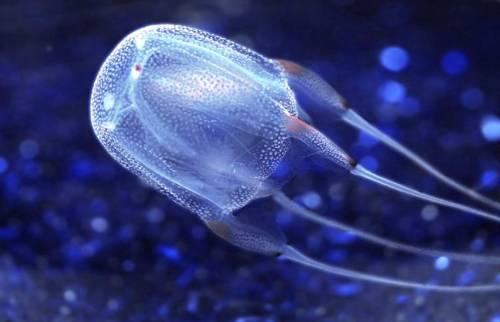
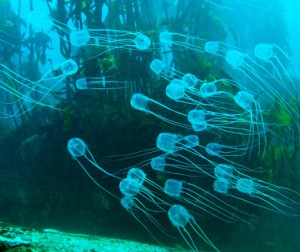
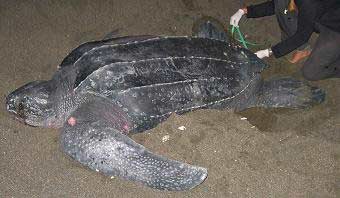
Past human actions whether on purpose or by accident have been detrimental to sea turtle populations, but thanks to the hard work of many by design and through the indirect help of others through tourism and knowledge based positive actions, we can now view these photogenic aquatic creatures in their natural settings, swim with them, dive with them, and take photographic images for friends and dive magazines like never before. Perhaps someday all species of sea turtles will no longer be in danger of becoming extinct and then, it will be simply nothing but cover shots for these truly remarkable ancient prehistoric survivors.
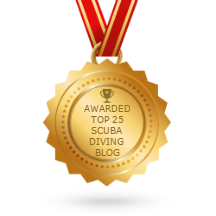
Recent Posts
- Eastern Malaysia, Sabah, Sipadan & More
- Ghost Pipefish, Pipefish, Seahorses, and Sea Dragons
- Australia Queensland and the Great Barrier Reef
- Tioman Islands, Malaysia
- The Riviera Maya
- The Peter Diving System
- The Bay Islands, Roatan, Utila, Guanaja, and more.
- The Cuttlefish; The Undisputed Master of Camouflage.
- The Maldives: A Garland of Islands in the Indian Ocean
- Frogfish, The Overlooked Camouflage Artist
Categories
- Australia
- Bahamas
- Bay Islands
- Belize
- Blue Hole
- Bonaire Diving
- Borneo
- Cayman Brac
- Cayman Islands
- Cozumel
- Curacao
- Cuttlefish
- Dive Destinations
- Dive Equipment
- Dive Liveaboards
- Dive Resorts / Properties
- Dive Travel
- Dive Travel Deals
- Diver Wellness
- Dolphins
- Dominica
- Eagle Rays
- eagle rays
- Family Travel
- Fiji
- Galapagos Islands
- Great White Shark cage diving
- Guanaja
- Honduras
- Indonesia
- Infographics
- Isla Mujeres
- Learning to Dive
- Little Cayman
- Maduro Dive Newsletter
- Malaysia
- Maldives
- Manta Rays
- Marine Life
- Mexico
- Micronesia
- Muck Diving
- Myamar
- Palau
- Papua New Guinea
- Pelagics
- Philippines
- Pinnacles
- Polynesia
- Reefs
- Riviera Maya
- Roatan
- Saba
- Sabah
- Scuba Diving
- Scuba Gear Reviews
- Scuba News/Events
- Scuba Training & Education
- Sea Legends
- sea lions
- Sea of Cortez
- Sharks
- Single Travel
- Sipadan
- Socorro Islands
- South Africa
- Specialties
- ST. Kitts
- Stingrays
- Tahiti
- Thailand
- The Bucket List
- Tobago
- Truk Lagoon (Chuuk)
- Turks and Caicos Islands
- Turtles
- Uncategorized
- Underwater Photography
- Underwater Video
- Utila
- Walls
- Whale Sharks
- Whales
- Wreck Diving
- Wrecks
- Yap
Archives
- January 2024
- April 2023
- March 2020
- March 2019
- January 2019
- November 2018
- September 2018
- July 2018
- May 2018
- March 2018
- January 2018
- October 2017
- September 2017
- June 2017
- April 2017
- February 2017
- January 2017
- October 2016
- August 2016
- July 2016
- May 2016
- March 2016
- February 2016
- January 2016
- December 2015
- August 2015
- June 2015
- April 2015
- January 2015
- November 2014
- July 2014
- April 2014
- February 2014
- December 2013
- November 2013
- October 2013
- September 2013
- August 2013
- July 2013
- June 2013
- May 2013
- April 2013
- March 2013
- February 2013
- January 2013
- December 2012
- November 2012
- October 2012
- September 2012
- August 2012
- July 2012
- June 2012
- May 2012
- April 2012
